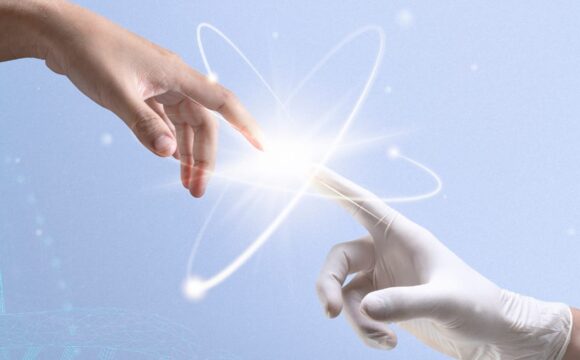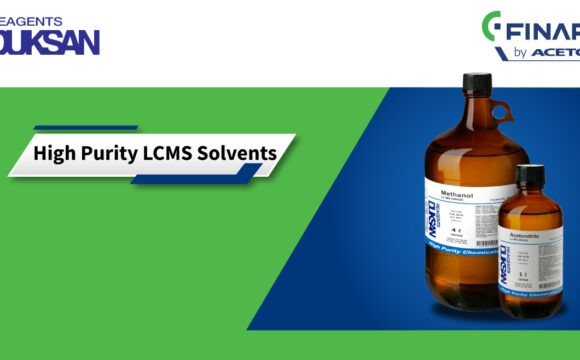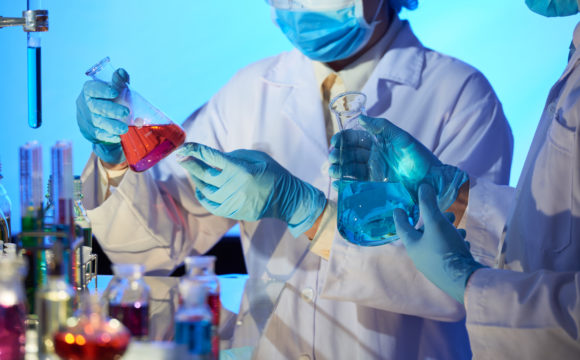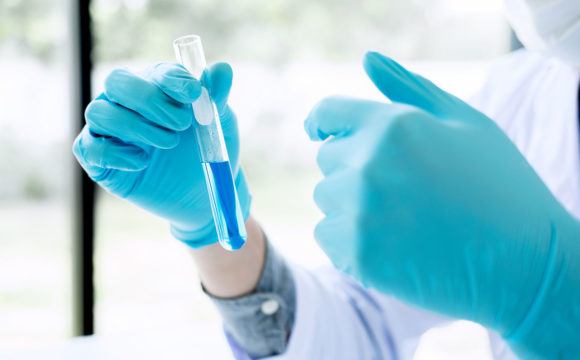In the current scenario of nucleic acid analysis by multiplex and real-time PCR, the significance of high-caliber, purified nucleic acids cannot be misjudged. Finding appropriate nucleic acid isolation and purification framework to fulfill your downstream application needs is crucial for the fruitful completion of experiments and research work. This blog addresses general information on the basics of Spin column based nucleic acid purification to help increase your productivity, so you invest less time purifying and more time developing experiments and analyzing data. Besides, this blog even covers the variety of spin columns available for nucleic acid purification.
What are spin columns?
Spin columns are the apparatus that allows commercial nucleic acid purification in molecular biology laboratories. They include a silica resin that selectively binds DNA or RNA relying on the factors involved in the extraction method. This in-turn provides you with high-quality material for different experiments like cloning and long-range sequencing. Spin columns enhance the process of nucleic acid purification making it a lot faster. Spin columns can contain a wide variety of filters and these filters come with distinctive bore sizes like 2/3/4/6/8 layers. You can purify and extract DNAs and RNAs that includes Genomic DNA, Plasmid DNA, Viral DNA/RNA, DNA fragments with the correct filter.
Different types of spin columns
1. Silica membrane spin column:

The utilization of silica gel material has gained popularity in molecular biology techniques which has basically resulted in the incorporation of Silica membrane in spin columns. The major plus point of this type of spin column is that the silica is bound to a solid support, which removes the issue of glass-bead contamination of nucleic acid samples. Silica membrane spin column assists in the reduction of shearing of DNA fragments that are more than 3 to 10 kb.
2. Anion exchange spin column:
These spin columns help in the transfection grade plasmid DNA purification. Some features of anion exchange spin columns are:
- Fast and simple: Membrane-based spin design removes column packing
- Convenient and flexible: Centrifugal format empowers advantageous handling of different samples in parallel
- Robust: These do not crack or run dry
- Low bed volume: working with low buffer volume is possible due to small membrane adsorber bed volumes that results in concentrated elution portions
3. Filter paper based spin column:
Filter paper made from cellulose fiber is a potential substitution for silica material in a spin column for high throughput purification. It is also found that the filter paper tips can be utilized for the rapid purification of nucleic acids from crude extracts for PCR analysis. Cellulose-based filter paper is cost-effective and easily available in labs. Hence, filter paper can be used diversely for the solid-phase nucleic acid purification.
4. Glass fiber spin column:

These are the types of the spin column that is utilized for both genomic DNA and plasmid DNA purification as well as RNA purification. Glass fiber spin columns can hold on to nucleic acid samples with negligible loss, while simultaneously eliminating salts and other smaller molecules efficiently. This results in high sample yields and reproducible results for downstream processes.
5. Polyethylene filter spin column:
These types of spin columns are appropriate for coarse filtration along with particle removal. These spin columns can be utilized as a pre-filtration step and as a supported filter in conjunction with the other filters as well. Polyethylene filters are hydrophobic, thermally stable along with great chemical resistance. These filters can withstand alkalis, concentrated acids, and a wide range of organic solvents.
How is spin column-nucleic acid purification done?
Spin column-based nucleic acid purification is defined as a solid-phase extraction procedure to purify nucleic acids quickly. This process depends on the fact that nucleic acids tend to bind to the solid phase of silica under specific conditions. The process basically involves 4 steps:
- LYSIS OF CELLS: The cell samples are treated with a ”lytic procedure” that involves breakage of the cell membrane and removal of the nucleic acid.
- BINDING OF NUCLEIC ACID TO SILICA GEL MEMBRANE: The binding solution (buffer + ethanol/isopropanol) is transferred to a spin column and the column is then placed inside a centrifuge which in turn forces the binding solution via silica gel membrane that is inside the spin column. Considering pH and salt concentration of the binding solution to be optimal, the nucleic acid will tend to bind to the silica-gel membrane as the solution passes through it.
- WASHING THE NUCLEIC ACID BOUND TO SILICA GEL MEMBRANE: In this stage, the flow-through is eliminated and a wash buffer is added to the spin column. The spin column is placed inside the centrifuge again, forcing the wash buffer through the membrane. This ensures the removal of any residual impurities from the membrane, leaving just the nucleic acid bound to the silica gel.
- ELUTION OF NUCLEIC ACID: The wash buffer is then replaced and an elution buffer (or simply water) in the spin column. The spin column is put in the centrifuge again, forcing the elution buffer through the membrane. The elution buffer removes the nucleic acid from the silica membrane and the nucleic acid is collected from the base of the column.

Spin Column tubes are specially produced to be used in purification, isolation, and separation of nucleic acids and have a diverse range of applications starting from DNA to RNA, plasmid to viral and genomic DNA, regular PCR purification to the next-generation sequencing sample preparation. It can help with the Plasmid isolation, Agarose Gel DNA Extraction, PCR Product Purification, Clean-up after Enzymatic Digestions, Probe Label Clean-up, and nucleic acid Purification and Concentration.
References
- https://www.genfollower.com/spin-columns/
- https://ahn-bio.de/spin-columns-for-dna-purification/
- https://bpi-tech.com/spin-columns/
- https://journals.plos.org/plosone/article?id=10.1371/journal.pone.0203011
- https://www.labnet.fi/en/product/v102186/102186/spin-columns-glass-fiber-filter/538828/1
- http://www.epochlifescience.com/Product/SpinColumn/anionexchange.aspx
- https://en.wikipedia.org/wiki/Spin_column-based_nucleic_acid_purification#:~:text=Spin%20column%2Dbased%20nucleic%20acid%20purification%20is%20a%20solid%20phase,of%20silica%20under%20certain%20conditions.










